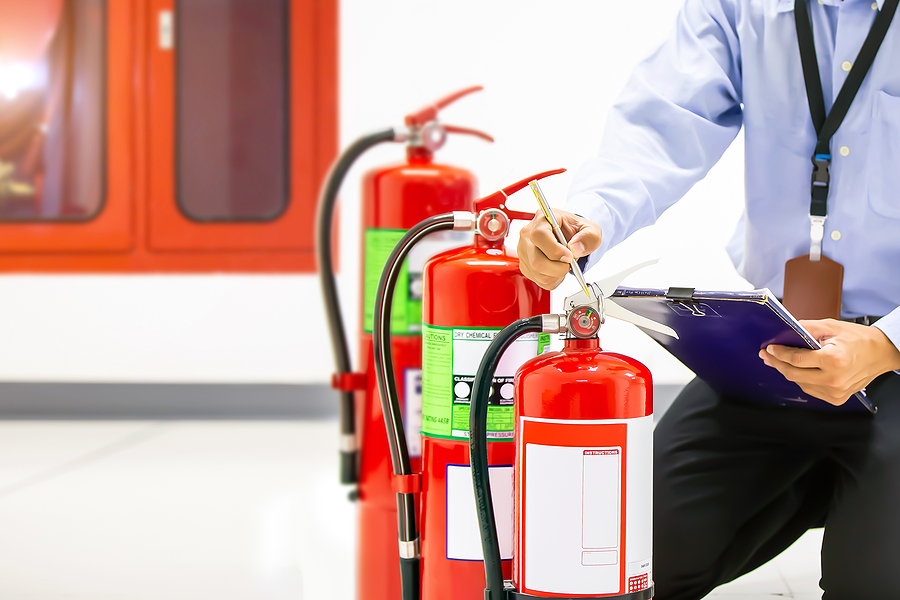As an employer, have you ever thought of what fire safety measurements you have in place in your working environment in case of an emergency? This is the question that must be taken into consideration because it is crucial for the health and safety of workers working in a workspace.
Fire is a common hazard in any working environment as it affects thousands of companies every year and causes unbearable loss of both health and wealth. Accidents can happen anytime and anyplace, therefore, having an effective fire safety plan in place is inevitable to save the lives of the people. Moreover, it is also important to protect the company from potential fines by the governmental authorities.
Implementation of an appropriate fire safety plan must be the utmost priority for every business owner. There are several ways by which an employer can protect its employees from the potential threats of fire. However, before the implementation of a fire safety plan, it is important to have a thorough fire risk assessment. Before carrying out such assessment, one must follow the following points:
- Try to identify all the potential fire hazards in your workspace.
- Identify the group of people who are more prone to fire in case of an emergency.
- After identifying all hazards, act accordingly on these findings to reduce the risks.
- Keep the record of findings and prepare a comprehensive fire safety plan.
- Review your risk assessment points periodically and make changes accordingly.
Besides having a fire safety plan in place, your employees need to have basic knowledge of both fire safety and fire extinguisher operations. A fire safety plan includes both fire prevention and emergency evacuation plan. Under emergency circumstances, your employees must know their responsibility and your fire safety plan clearly dictates your employees when to respond and how to respond. Likewise, maintenance of emergency and exit lights throughout your building is also important for keeping your fire safety plan intact.
Similarly, for effective implementation of fire extinguisher operations, your employees need to know how to use fire extinguishers properly. Generally, there are five types of fire extinguishers and each of these types is meant for putting out different kinds of fires. These types of fire extinguishers are categorized as follows:
Type A – These are used for solid combustible materials other than metals such as plastic, paper, wood and cloth.
Type B – These are used for flammable liquids like petrol, kerosene, oil, etc.
Type C – These are used for electrical equipment and appliances (as long as they are plugged in, they fall under this category).
Type D – these are used for flammable metals and organometallic reagents.
Type K – these are used for vegetable and animal oils meant for cooking purposes.
Keeping in view the nature of work and the type of materials you have in your working environment; it is important to have the right fire extinguisher at right time. Fire extinguishers are usually considered good for small fires but in case of large fires, it is best to evacuate the building immediately, dial 911 to call the local fire department.
